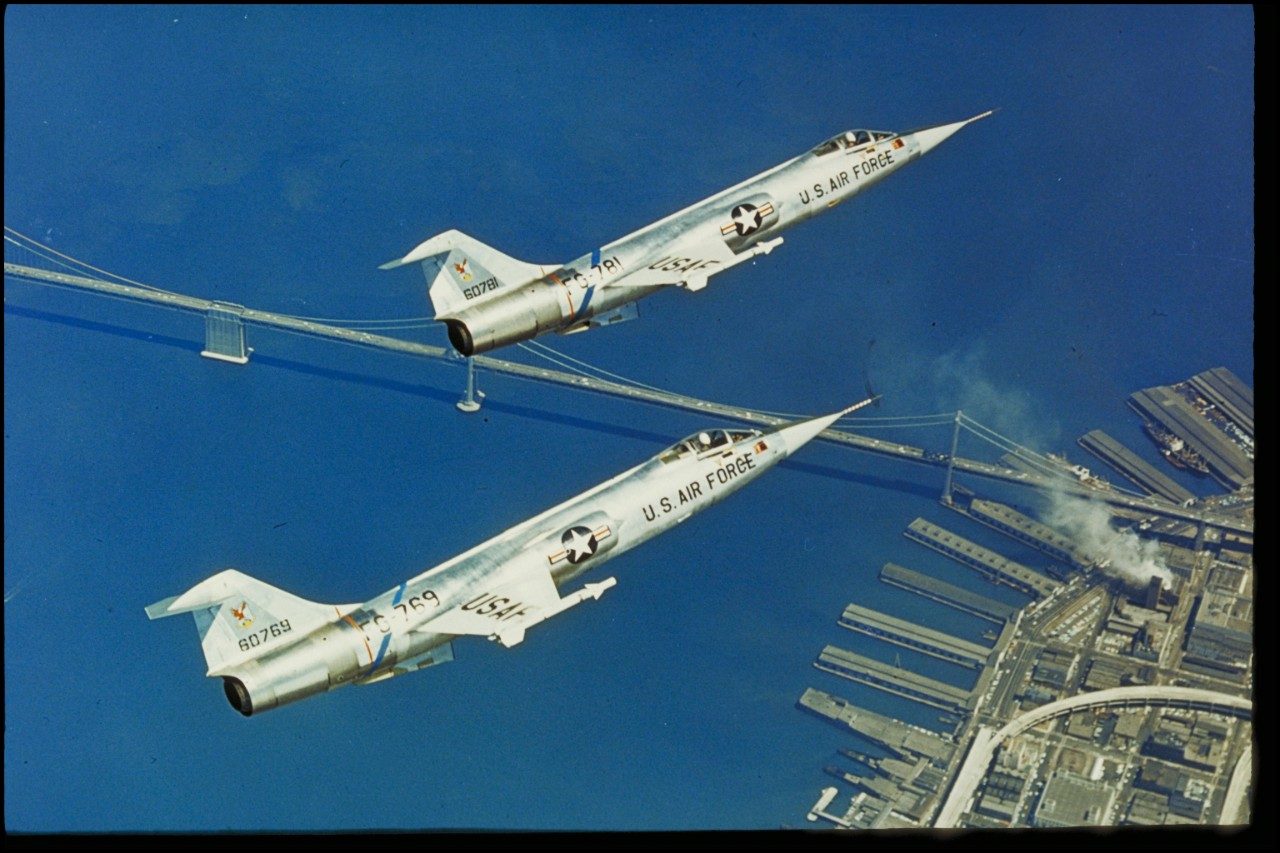For West Germany, May 9, 1955, proved to be a day of great celebration and grave concern. Officially, West Germany was now the newest member of NATO—and a critical defensive buffer between its allies in the west and the Soviet Bloc to the east—but in order to fulfill its obligations, it needed more than the outdated jet fighters on loan from the United States and Canada.
Airplane manufacturers from across the globe sent proposals, but after German officials witnessed the flight of an aircraft already in production—the sleek, yet durable, Lockheed F-104 Starfighter—they instantly knew they had found the ideal plane.

Beyond the Call of Duty
Initially Lockheed’s sole responsibility was to sell the design and assist West Germany in getting its F-104 program started, but when production overseas began running into delays, Lockheed stepped in to ensure a smoother production process.
It sent experts to help West German engineers more efficiently translate Lockheed plans, technical orders, and unfamiliar parts into actual fighters. Then Lockheed ensured more dependable production cycles by developing a program called SURE (Starfighter Utilization Reliability Effort), which sent aerodynamicists, pilots and service reps to troubleshoot issues as they arose.
Lockheed would then launch specialized training programs funded entirely by the company to familiarize inexperienced German pilots with their new planes, drastically reducing the number of in-flight accidents.
The NATO Warplane
- Boyne, Walter. Beyond the Horizons: The Lockheed Story. New York: St. Martin’s Griffin, 1999.
- Joseph, Gordon S. “Airpower.” Flying. Vol. 60, No. 1 (1957). 29-30, 78.
- Lockheed Interview Bank. Retrieved June 2012.




